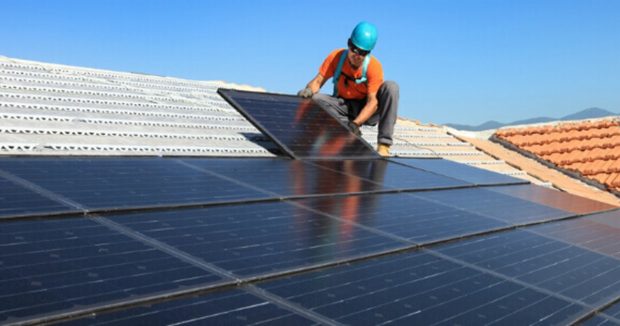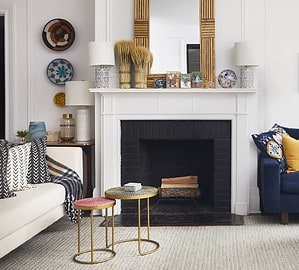When you think of solar panels, you likely imagine a small box on your roof with a bunch of photovoltaic cells inside. However, what if we told you that there are different types of solar panels out there? In fact, not all solar systems have the same design. There is actually quite a bit of variety when it comes to which system works best for your home and budget. Here’s a quick rundown of the various types of solar systems available:
Fixed installation of solar systems
A fixed installation solar system is exactly what it sounds like—a solar installation that is permanently installed. As the name suggests, this is a more permanent solution for homeowners. This is generally the most expensive type of solar panel system because it requires extra materials and construction.
However, a fixed installation solar system has a higher energy production capacity and a longer life span than a portable or grid-tied solar system. Sunlight is the most common type of fixed installation solar system.
This type of system uses photovoltaic (PV) panels to directly transform solar energy into electricity. The energy is then fed into your home’s electrical grid and can power a variety of appliances and devices.
Portable solar systems
A portable solar system is a good choice if you’re renting or plan to move soon. These systems are designed to be easily transportable, making them great for renters, vacation homeowners, and people looking to build their own solar system on a budget.
Portable solar systems come with small photovoltaic panels that are mounted on tripods and plugged into an inverter. The inverter converts the direct current from the panels into alternating current that can be fed into your home’s electrical grid. Portable solar systems typically produce less power than fixed installation systems.
However, they are more affordable, flexible, and work best for people who aren’t planning on staying in one place for long. Portable solar systems are generally less efficient than fixed installation systems and cannot power most appliances. However, they can provide light, charge a phone, and run a small fan or computer.
Grid-tied solar systems
A grid-tied solar system is designed to connect to your home’s existing electrical grid. This type of solar installation is commonly used to supplement a home’s traditional electrical supply.
As such, grid-tied solar systems do not generate enough electricity to power homes on their own. Instead, they are designed to generate extra energy during the day (when energy demand is low) and feed that electricity back into the electrical grid.
Grid-tied solar systems typically feed any extra energy generated at night back into the grid as well. As such, grid-tied systems are a good choice for homeowners who want to reduce their energy bills.
Off-grid solar systems
An off-grid solar system is designed to power a home without being connected to the electrical grid. This type of solar system is generally used in rural areas where connecting to the grid is difficult or not cost-effective.
Off-grid solar systems usually rely on batteries to store excess energy generated by the solar panels. This energy can then be used to power the home at night or on cloudy days when the panels aren’t producing as much electricity. Off-grid solar systems are generally more expensive than grid-tied systems.
Hybrid solar systems
A hybrid solar system combines two or more of the above systems to create a one-hybrid system. Hybrid solar systems are generally more expensive to install and maintain than standalone systems.
A hybrid solar system might be a good choice if you’re renting and want to install a solar system anyway, yet your landlord doesn’t want you to permanently attach panels to the roof.
Or, if you live in an area where installing a standalone system would be difficult or cost-ineffective. Hybrid solar systems can be designed to be off-grid or grid-tied. The key feature of hybrid Adelaide solar systems is that they use multiple types of solar panels.
Conclusion
Fixed installation systems are the most expensive, but they also provide the highest energy generation potential.
Portable systems are the most affordable and are easy to install, but they generate less power than other systems.
Grid-tied systems are a good choice for homeowners who want to save money on their energy bills. Off-grid solar systems are best for rural homeowners who want to be as self-sufficient as possible.
Hybrid solar systems combine two or more solar panel systems to increase energy generation and system functionality. Solar panels are an affordable and sustainable way to generate energy.
Whether you choose a fixed installation, portable, grid-tied, off-grid, or hybrid solar system, solar panels can be a great addition to any home.




